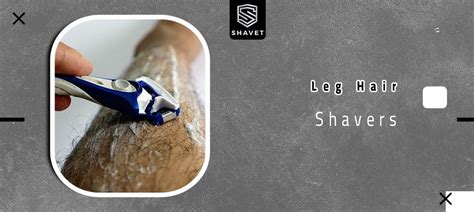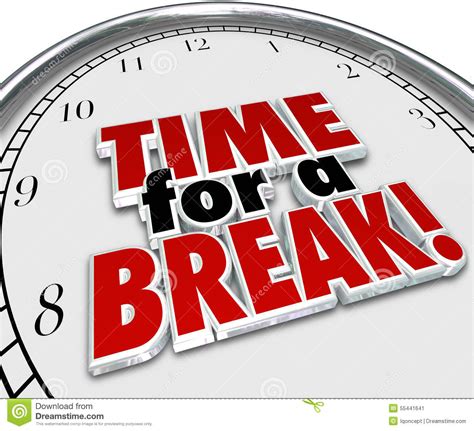How to break a strength plateau for peak performance & muscle growth?

Hitting a strength plateau can be one of the most frustrating experiences in any fitness journey. You’ve been consistent, putting in the work, but suddenly, progress grinds to a halt. This stagnation isn’t just disheartening; it can actively hinder your goals for peak performance and muscle growth. The good news? Plateaus are a natural part of training, and with the right strategies, they are entirely surmountable.
Understanding Why Plateaus Happen
Before you can break through a plateau, it’s crucial to understand its potential causes. Often, it’s a combination of factors rather than a single culprit. Common reasons include:
- Insufficient Progressive Overload: Your body adapts to stress. If you’re not consistently increasing the demand on your muscles (weight, reps, sets, time under tension), they have no reason to grow stronger.
- Overtraining and Under-recovery: Pushing too hard without adequate rest prevents muscles from repairing and growing. This can lead to fatigue, decreased performance, and even injury.
- Nutritional Deficiencies: Muscle growth and strength gains require sufficient fuel. A caloric deficit, inadequate protein intake, or poor micronutrient status can all stall progress.
- Training Monotony: Performing the same exercises, sets, and reps week after week allows your body to become highly efficient, but it can also lead to adaptation ceilings.
- Poor Sleep and Stress: These factors significantly impact hormone regulation (like testosterone and cortisol) and the body’s ability to recover and build muscle.

Strategic Training Adjustments to Reignite Progress
Once you’ve identified potential causes, you can implement targeted changes to your training regimen.
Vary Your Progressive Overload
Beyond simply adding more weight, progressive overload can be achieved in several ways:
- Increase Reps or Sets: If you can’t add weight, try doing an extra rep or an additional set.
- Decrease Rest Times: Shortening rest periods between sets increases the intensity and metabolic demand.
- Increase Time Under Tension: Slow down the eccentric (lowering) phase of an exercise or add pauses at the top/bottom.
- Improve Form: Sometimes, a slight improvement in technique allows you to handle more weight effectively or activate muscles better.
- Frequency: Can you train a muscle group more often without overtraining?
Implement Periodization and Deloads
Periodization involves systematically varying your training volume and intensity over time. This prevents overtraining and allows for planned recovery. Incorporate deload weeks every 6-12 weeks, where you significantly reduce volume or intensity, giving your body a chance to fully recover and prepare for the next training block.

Introduce New Exercises and Variations
Swap out a staple exercise for a similar but slightly different movement (e.g., barbell squats to front squats, flat bench press to incline dumbbell press). This hits muscles from new angles, challenges stabilizer muscles, and can stimulate fresh growth. Also, consider incorporating more accessory work to strengthen weak links.
Optimizing Your Nutrition and Recovery
Training is only half the battle; what you do outside the gym is equally critical for breaking plateaus.
Fuel for Growth
- Caloric Surplus: To build muscle and get stronger, you generally need to be in a slight caloric surplus. Track your intake to ensure you’re eating enough.
- Adequate Protein: Aim for 1.6-2.2 grams of protein per kilogram of body weight to support muscle repair and synthesis.
- Balanced Macronutrients: Don’t neglect healthy fats and complex carbohydrates, which provide energy and support hormone production.
- Hydration: Dehydration can severely impact performance and recovery. Drink plenty of water throughout the day.

Prioritize Sleep and Stress Management
Aim for 7-9 hours of quality sleep per night. Sleep is when your body does most of its repair and recovery. Chronic stress elevates cortisol, which can hinder muscle growth and recovery. Incorporate stress-reducing activities like meditation, yoga, or spending time in nature.

Mental Fortitude and Tracking Progress
Breaking a plateau also requires a strong mindset and meticulous tracking.
- Set New Micro-Goals: Instead of just aiming for a huge PR, set smaller, achievable goals (e.g., add 2.5kg to a lift, complete an extra rep, improve form on a specific exercise).
- Track Everything: Keep a detailed log of your workouts, including weight, reps, sets, and perceived effort. This data is invaluable for identifying patterns and making informed adjustments.
- Patience and Consistency: Breaking plateaus rarely happens overnight. Be patient, stay consistent with your new strategies, and trust the process.
Hitting a strength plateau is not a sign of failure, but rather an invitation to re-evaluate and optimize your approach. By understanding the underlying causes and systematically applying a combination of strategic training adjustments, meticulous nutrition, and focused recovery, you can effectively break through those frustrating barriers and continue on your path to peak performance and sustained muscle growth.








